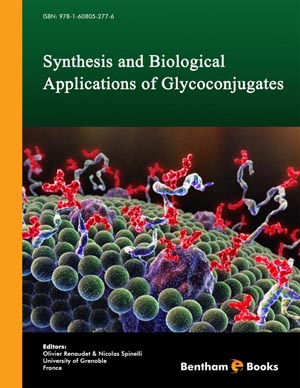Abstract
The biological implications of lectins have prompted a large number of research projects at the interface between biology and chemistry for a better understanding of their roles. Several synthetic high affinity ligands have been designed in order to inhibit their negative effects such as bacterial or viral infections and cancer. Among these receptor proteins, galectins are galactose-binding lectins implicated in inflammation or cancer and are important biological targets for the design of treatment against cancer. The careful design of high affinity ligands for galectins has been investigated through several studies using either (1) a “medicinal chemistry” approach in which the native ligand (i.e. galactose) is modified on one or several positions or (2) based on a multivalent approach in which galactose is repeated n times at the periphery of a core scaffold. Both strategies yielded essential information about the fundamental aspects of galectin-ligand interactions and provided a better knowledge of the implications of galectins in biology. The present review with 130 references will focus particularly on the past decade and present the most recent results obtained in this field for monovalent and multivalent ligands of galectins.
Keywords: Galectins, multivalency, inhibition, ligand, structure-activity relationship






















